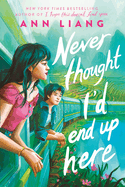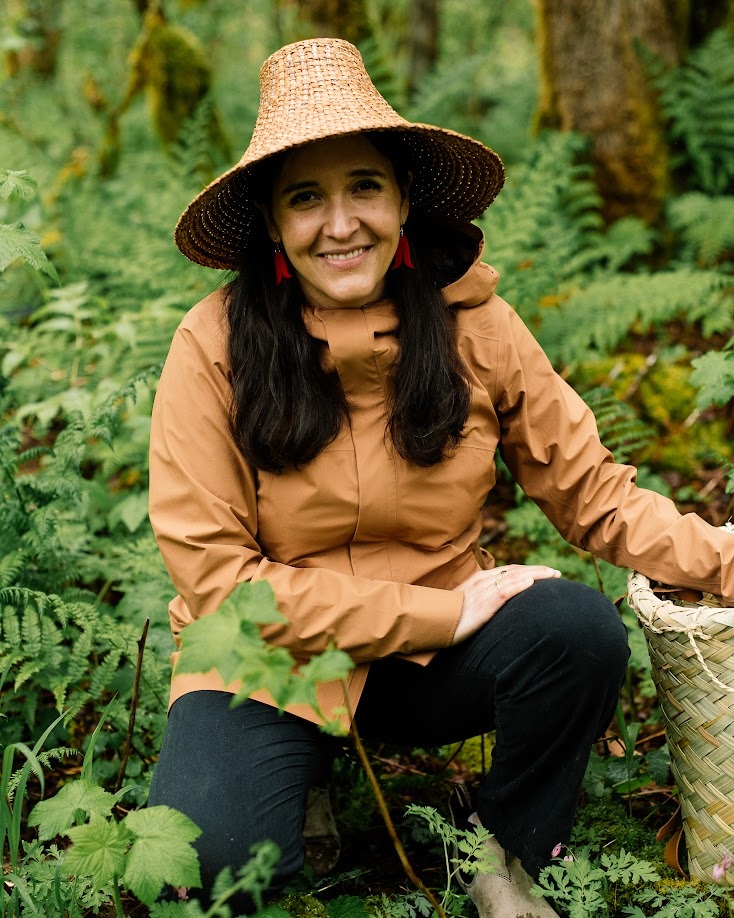 |
| photo: Alana Paterson |
Leigh Joseph, a member of the Squamish Nation, is an ethnobotanist, researcher, and community activist whose aim is to contribute to cultural knowledge renewal in connection to Indigenous plant foods and medicines. As part of this mission, she founded Sḵwálwen Botanicals, an Indigenous business creating small-batch botanical skincare products. Joseph shares her Indigenous plant knowledge in The Land Knows Me (becker&mayer! kids).
Handsell readers your book in 25 words or less:
Ava, Jake, and Alíla7 go on a journey to meet culturally important plants in Squamish traditional homelands. Learn about plants, nature, and Indigenous culture.
On your nightstand now:
I have quite the stack of books on my nightstand currently. They include Fieldwork by Iliana Regan, Dispersals by Jessica J. Lee, and The Knowing by Tanya Talaga, along with two children's books, A Day with Yayah by Nicola I. Campbell, illustrated by Julie Flett, and We Are Water Protectors by Carole Lindstrom, illustrated by Michaela Goade. This collection of books reflects much of my current life. I am drawn to books that straddle my academic work as well as my personal journey toward cultural identity. The children's books on my bedside table are the ones that inspired me to write The Land Knows Me. Dispersals stands out as one of the books that powerfully weaves together personal narrative with ecology and botany.
Favorite book when you were a child:
One of my favorite memories from childhood was having my parents read to me at night. I remember the first time my mom read The Wind in the Willows by Kenneth Grahame to me; I loved going on the adventures in my mind's eye at night and falling asleep to my mom's voice. I fell in love with the characters and the busy and intricate lives they had going on along the riverbanks and in their underground homes.
Favorite book to read to a child:
I love to read to my kids and their favorite books have changed through their different ages. When they were little, we read board books including We Sang You Home by Richard Van Camp and My Heart Fills with Happiness by Monique Gray Smith, both illustrated by Julie Flett. Now that they are a bit older we read novels, and they love the Wild Robot series by Peter Brown.
Your top five authors:
Robin Wall Kimmerer; Leanne Betasamosake Simpson; Jessica J. Lee; Monique Gray Smith; Nancy Turner
Book you've faked reading:
I faked reading Shakespeare in high school. My mom reluctantly bought me Coles Notes (CliffsNotes in the U.S.) for Macbeth. I still hope to come back and truly read Macbeth one day!
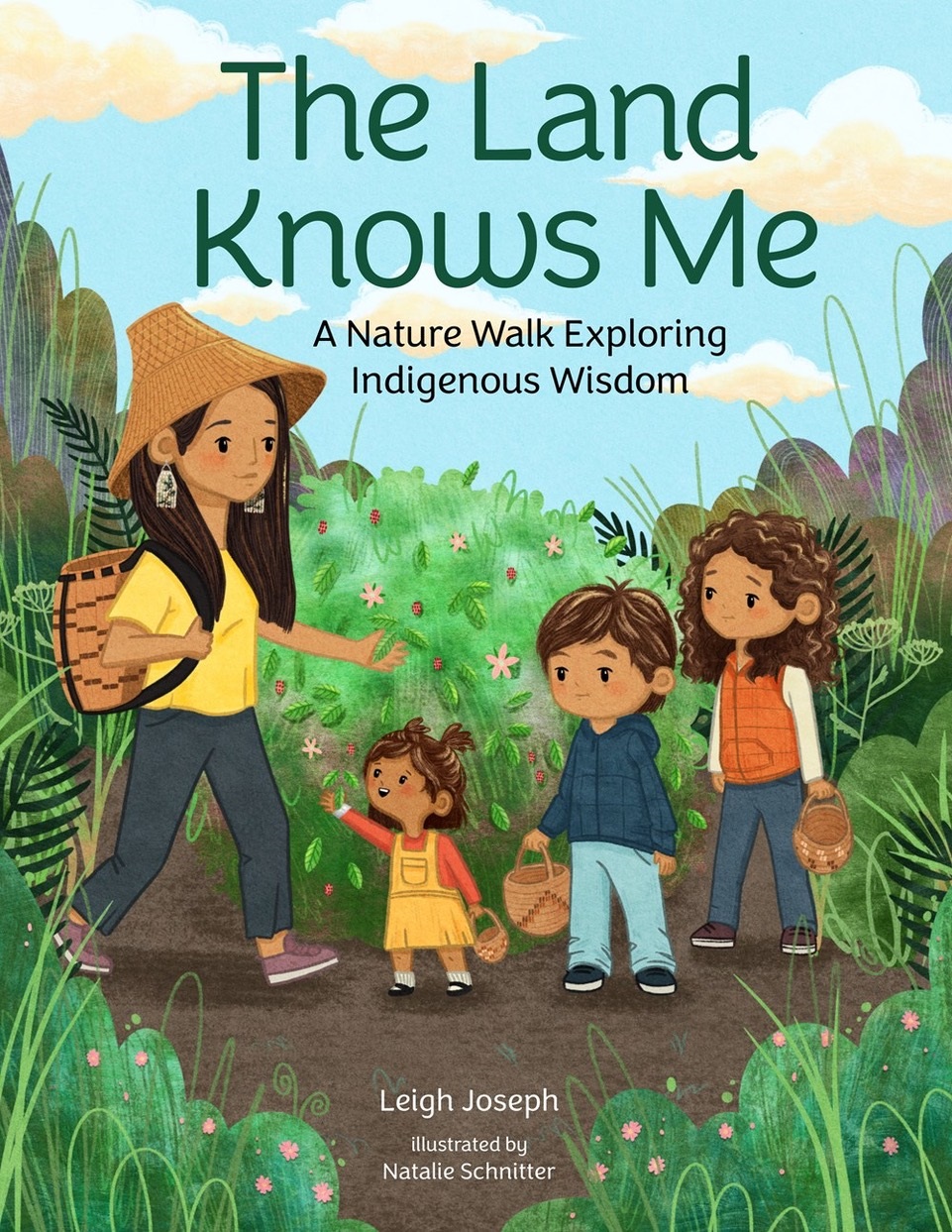 Book you're an evangelist for:
Book you're an evangelist for:
Braiding Sweetgrass: Indigenous Wisdom, Scientific Knowledge, and the Teachings of Plants by Robin Wall Kimmerer. I love this book and the role it played in reconnecting me to my culture as an Indigenous botanist and woman and to the land through plants. I am inspired by the storytelling approach she takes that beautifully blends Indigenous knowledge and Western science.
Book you've bought for the cover:
Never Whistle at Night: An Indigenous Dark Fiction Anthology, edited by Shane Hawk and Theodore C. Van Alst Jr. I saw this book on an Indigenous authors stand in the Chicago airport. I loved the colorful and intriguing cover design, so I picked up a copy and it ended up being one of my favorite anthologies to date.
Book you hid from your parents:
I once snuck into my parents' room and paged through their copy of The Joy of Sex and ended up leaving with more questions than answers.
Book that changed your life:
One River by Wade Davis opened the world of ethnobotany up to me. I had never read a book that explored the study of the cultural interrelationships between people and plants before Wade's. It set me on a path of exploring what this area of study means to me as a woman with Indigenous ancestry.
Favorite line from a book:
"In some Native languages the term for plants translates to 'those who take care of us.' " --Robin Wall Kimmerer, Braiding Sweetgrass
I love this quote because it captures the kinship at the center of Indigenous cultural relationships with plants. We have a very similar teaching in Squamish Nation culture.
Five books you'll never part with:
Braiding Sweetgrass by Robin Wall Kimmerer
We Are Water Protectors by Carole Lindstrom, illus. by Michaela Goade
Dispersals by Jessica J. Lee
True Refuge by Tara Brach
The Botany of Desire by Michael Pollan
Book you most want to read again for the first time:
As We Have Always Done: Indigenous Freedom Through Radical Resistance by Leanne Betasamosake Simpson. It was one of the first books I read during the early stages of my doctoral studies, and I felt myself reflected in the sections of the book where Simpson writes about her own experiences carrying out community-based research with her Indigenous community.
Why you started writing:
Years ago, during my master's degree, I noticed that most of the literature on Indigenous plant knowledge came from outdated Eurocentric sources and were often layered with racism and language that devalued Indigenous peoples. The discomfort I felt led me to want to write and share my voice in my field of ethnobotany from an Indigenous perspective. I've found writing to be a powerful and therapeutic way to address this gap in literature. It means a lot to me to contribute my voice through writing so that other Indigenous people wanting to learn about culturally important plants feel themselves reflected in what they are reading.

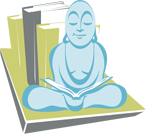






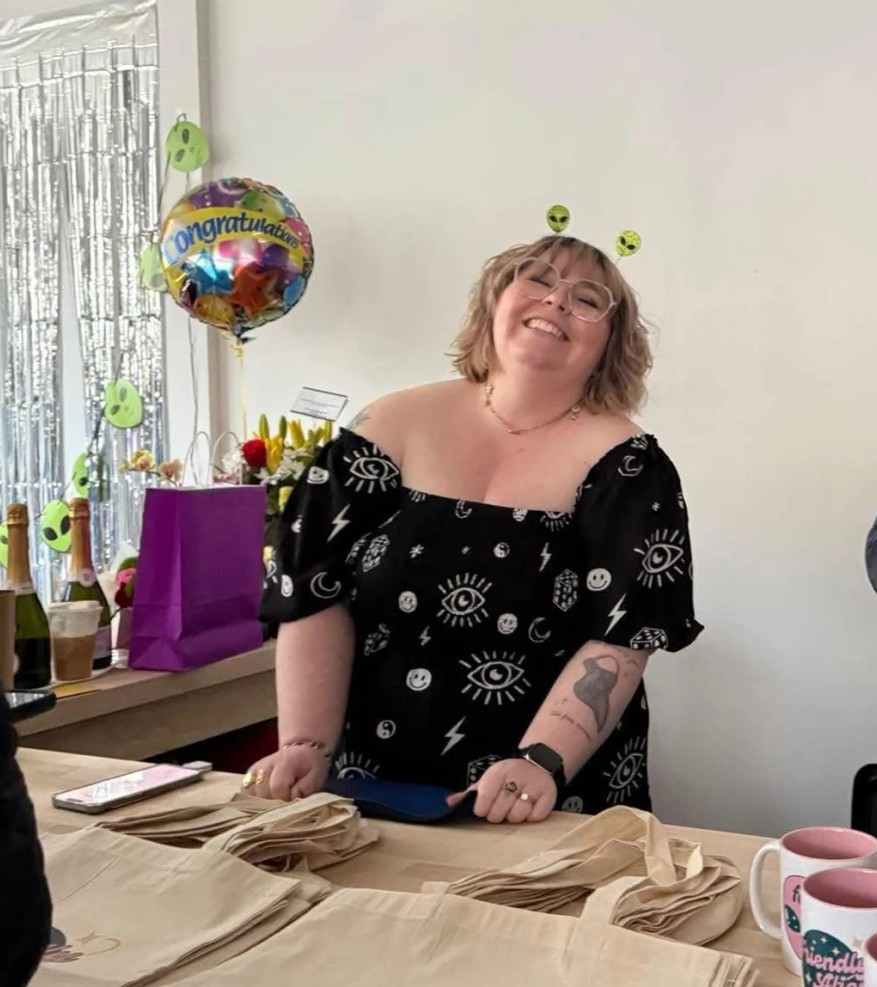
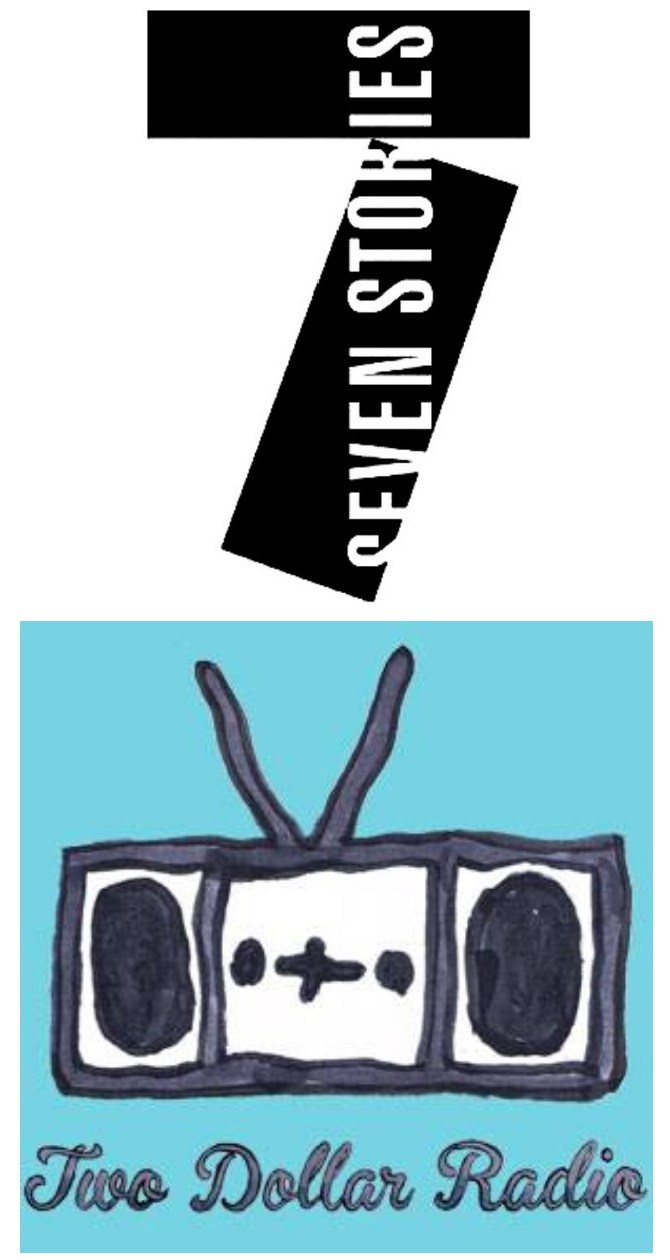 Seven Stories Press has acquired independent publisher Two Dollar Radio, which was co-founded in 2005 by Eric Obenauf and Eliza Wood-Obenauf. Under the terms of the deal, Eric Obenauf will join Seven Stories as publisher of the Two Dollar Radio imprint, which will continue to publish four to six original titles per year on average, including their New Classics series.
Seven Stories Press has acquired independent publisher Two Dollar Radio, which was co-founded in 2005 by Eric Obenauf and Eliza Wood-Obenauf. Under the terms of the deal, Eric Obenauf will join Seven Stories as publisher of the Two Dollar Radio imprint, which will continue to publish four to six original titles per year on average, including their New Classics series.
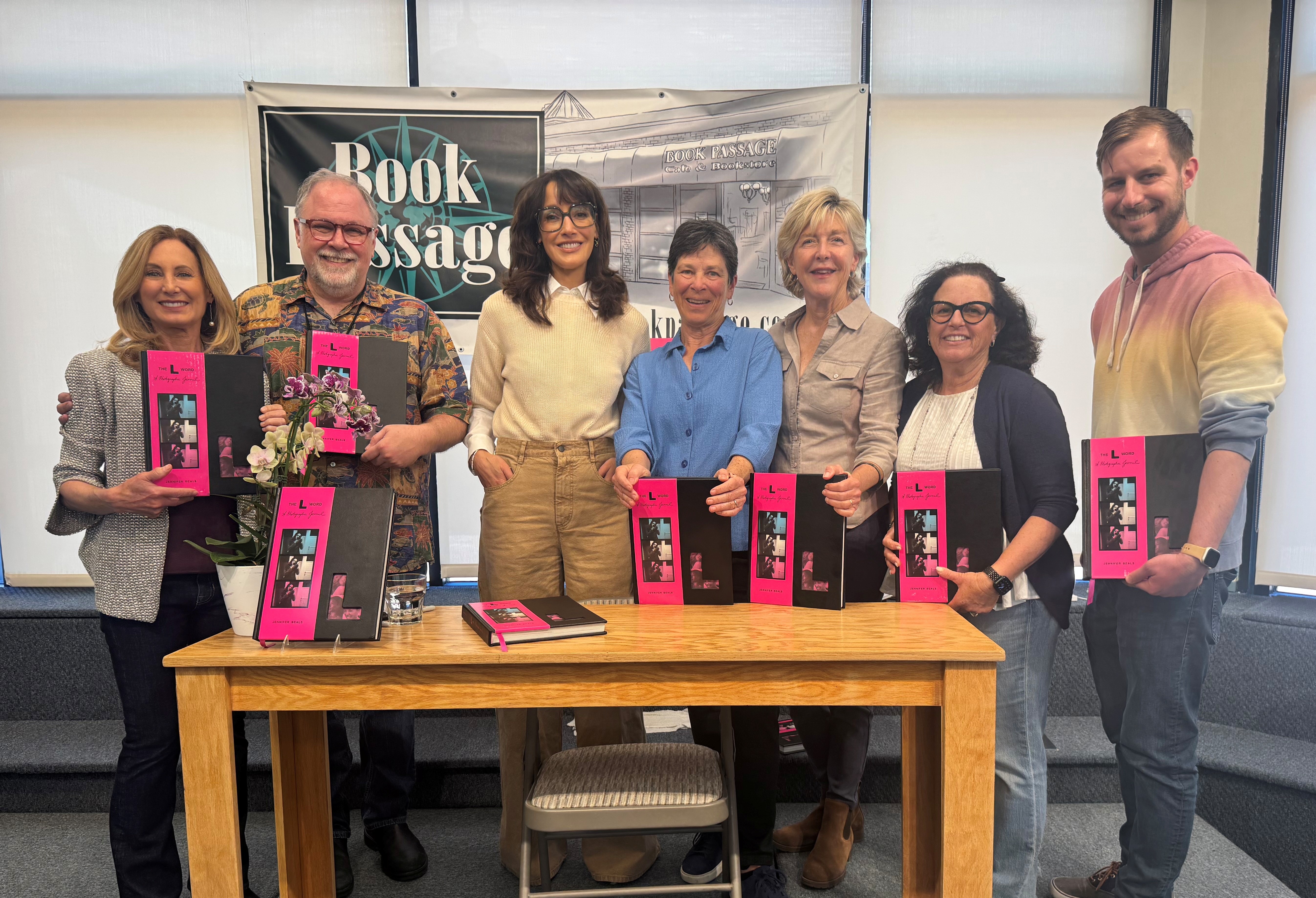 More than a hundred fans showed up at
More than a hundred fans showed up at 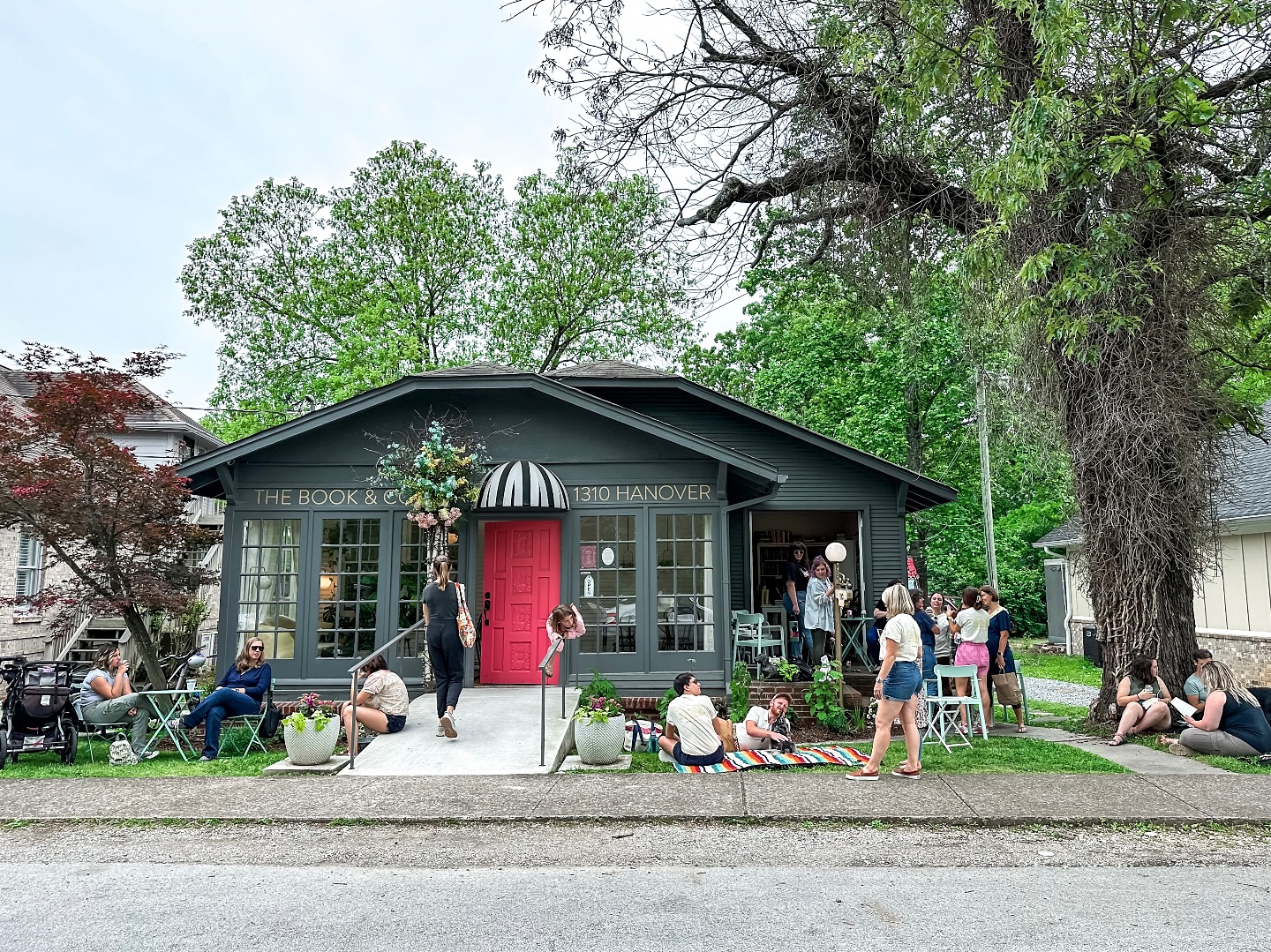 Posted by
Posted by 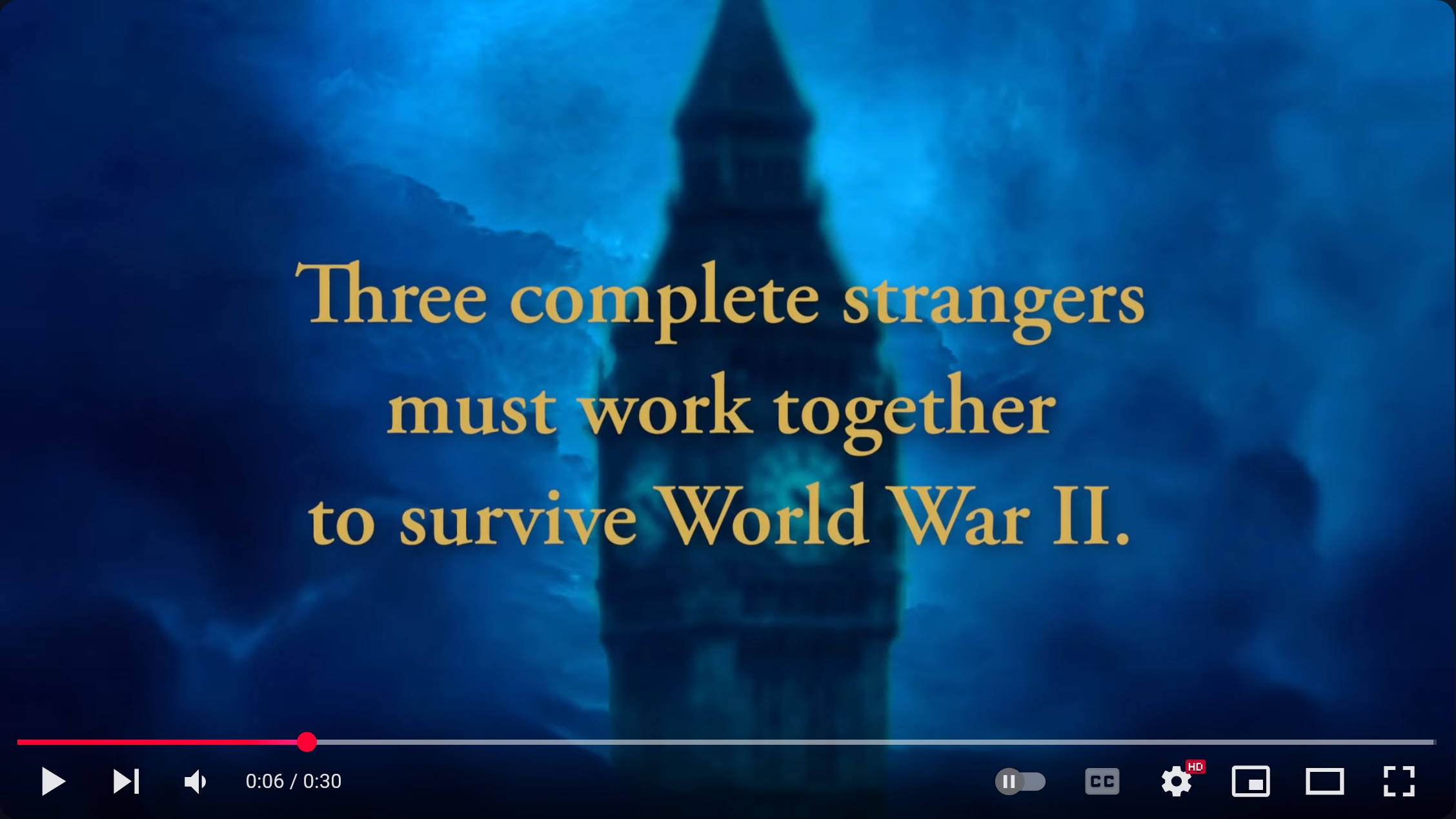 Strangers in Time
Strangers in Time
 Book you're an evangelist for:
Book you're an evangelist for: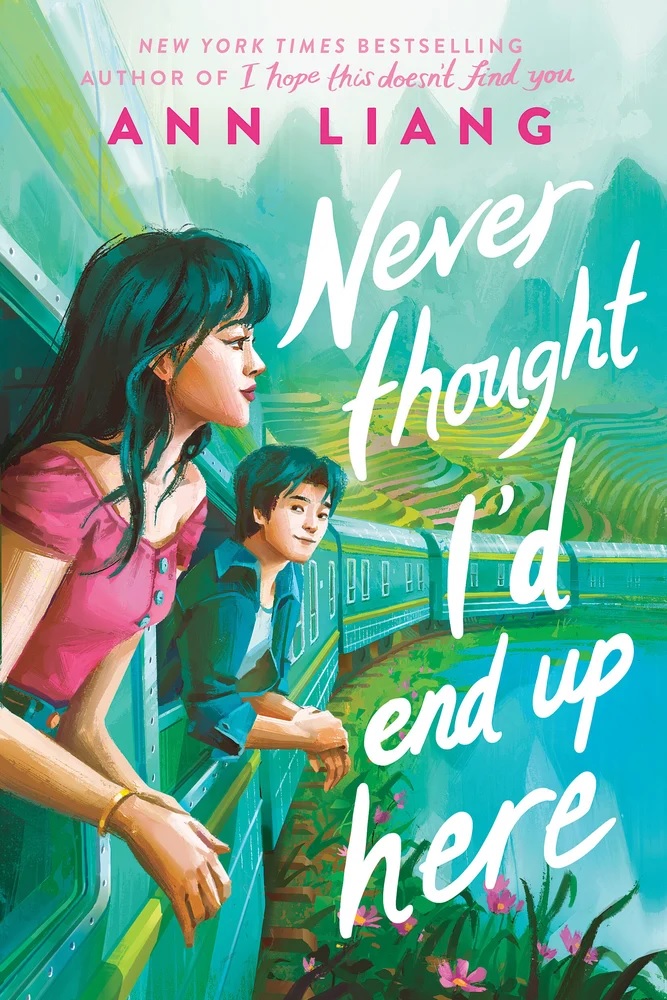 In the inviting Never Thought I'd End Up Here,
In the inviting Never Thought I'd End Up Here, 